|
So you’ve had an injury, gone through the healing process, maybe started rehabilitation, and have started to get back into the sport. Many times, athletes get discouraged that they aren’t at their pre-injury level right away. While this can definitely be frustrating, it is very normal. Coming back from an injury, whether minor or serious, can be a difficult process for many. Here are some steps you can take to help you get through it.
2 Comments
Injury prevention is often overlooked in sports. Many programs tend to focus on gaining skills, the routine, and competitions. While these are all very important aspects to focus on, athletes getting injured are going to put a damper on all of it. Here are some ways to help prevent injuries:
Here are some ways to help prevent injuries:
This is a hard topic to talk about, but something that needs to be discussed. The recent news that hit the cheer world likely came as a shock to many, however it is one of many reported and unreported cases of abuse in cheerleading. Unfortunately, abuse is alive and well in many forms throughout all sports, and cheerleading is no exception.
Think about the amount of pressure that your wrists experience during a typical cheer practice. Whether you’re doing a back handspring series or basing a stunt, the wrists sustain a lot of force in various aspects of cheer. A lot of force gets placed through the tiny joints of the wrist and this can lead to different injuries.
Here are some ways that you can help to keep your wrists in good shape and prevent future injuries: What is Over-training?
Over-training is what happens when an athlete or individual progresses exercise too much, too quickly. This can lead to injuries, general fatigue, severe muscle soreness, among many other symptoms. In order to improve your skills and fitness level, it is necessary to push yourself to see results. However, if you push yourself too hard, it can result in injuries that may limit your overall progress toward your goals. The dreaded mental block. Something all coaches, parents, and athletes hope they never have to encounter. While mental blocks can be very frustrating for everyone involved, there are different ways to help diminish the effects of mental blocks on athlete performance.
The scorpion is one of the more difficult body positions for flyers in cheer. As with the other body positions we see flyers do, the scorpion relies heavily on flexibility. However, the strength of your body is another key component of the scorpion. Especially as we see many teams doing a “kick-up” scorpion, which combines the need for flexibility and strength even more.
Patellofemoral pain syndrome, often referred to as “runner’s knee”, is one of the most common causes of knee pain. PFPS is a common injury seen in adolescent athletes, particularly females. It is caused by an imbalance of forces placed through the patella, or kneecap. The amount of stress placed on the patellofemoral joint varies during certain activities, ranging from about ⅓ to ½ of body weight during walking, 3 times body weight with stair climbing, 5 to 6 times body weight with running, and up to 7 times body weight with squatting. As you can imagine, there is a good amount of running and squatting involved in cheer and this places athletes at an increased risk of developing PFPS.
An overuse injury is a type of muscle or bone injury, such as tendinopathy (tendinitis) or a stress fracture, that is caused by repetitive trauma.
|
Archives
April 2022
Categories
All
Disclaimer: The information contained on this website is compiled from a variety of professional sources as well as the author's own experiences. The information should NOT be used in place of a visit to your healthcare provider or used to disregard any advice provided by your healthcare provider.
|

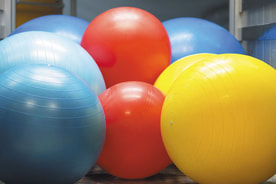

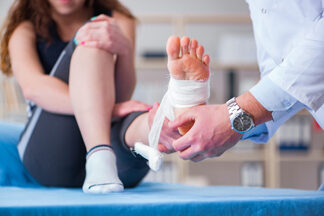

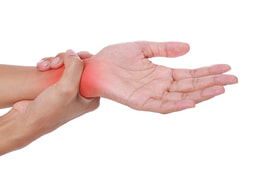
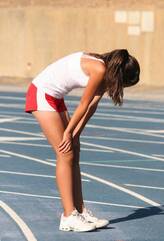
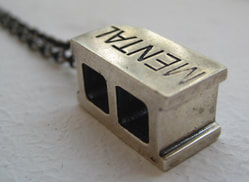
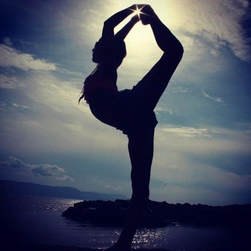
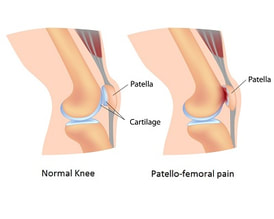
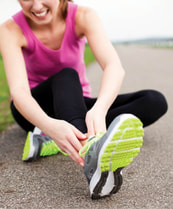
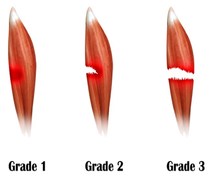
 RSS Feed
RSS Feed